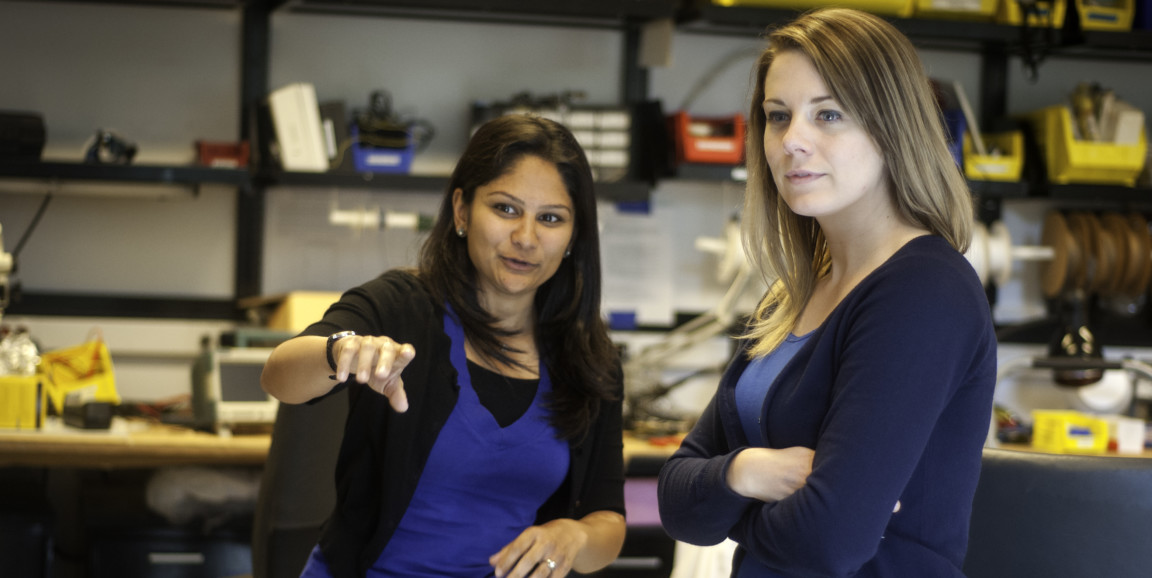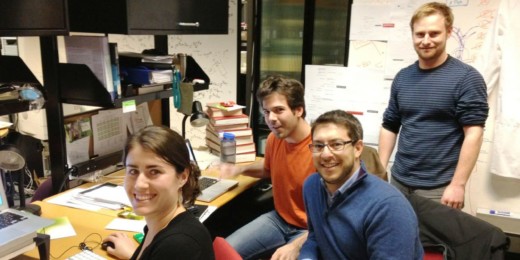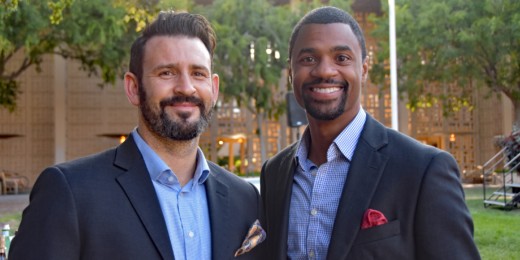Every time Shreya Mehta, another biodesign innovation fellow, and I observed patient care in the urology clinics at Stanford, we saw men struggling with symptoms related to benign prostatic hyperplasia (BPH). This is an age-related condition in which the prostate gland becomes enlarged and presses in on the urethra, obstructing the flow of urine.
In the U.S., roughly half of all males over 60 years old suffer from BPH, and by the age of 80, up to 90 percent are affected. Although it's considered a normal part of aging, it causes real problems, including increased urinary frequency (which is especially disruptive at night), urgency, and straining.
For years, the main treatment options were drugs, which are often either ineffective or cause unpleasant side effects, or a fairly invasive surgical procedure known as TURP (transurethral resection of the prostate). As we learned more about TURP, what struck us was that although it solved one problem, it created so many others that patient complaints and concerns spanned the entire cycle of care. Men would delay or forego getting surgery after learning how painful it was to have a rigid scope inserted through the urethra to visualize and perform the procedure. They dreaded the extended catheterization that was so often required during recovery, as well the discomfort that could persist for weeks. And perhaps most importantly, they feared life-altering complications, such as incontinence, impotence, and other forms of sexual dysfunction.
We identified many other important unmet healthcare needs during our clinical immersion, but we just couldn’t stop thinking about the huge population of men living with symptomatic BPH who need a better solution. Ever since, we’ve been working to develop a less invasive alternative to TURP. Our approach can be performed in an office setting, uses a thin, flexible scope that’s less painful and traumatic for men seeking treatment, and has significantly fewer long-term complications.
We’ve treated 11 patients so far in clinical studies with positive results, and we can’t wait to get the technology to more patients who can benefit from it.
To date, medical devices and technologies initiated by Stanford Byers Center for Biodesign trainees while in the program’s courses and fellowships have been used to care for more than 1.5 million patients. In this new weekly series, some of our innovators will discuss their work and the patients that inspired them.
Nick Damiano was a 2013-14 Biodesign Innovation Fellow.
Photo of Shreya Mehta (left) and a colleague courtesy of Stanford Biodesign






